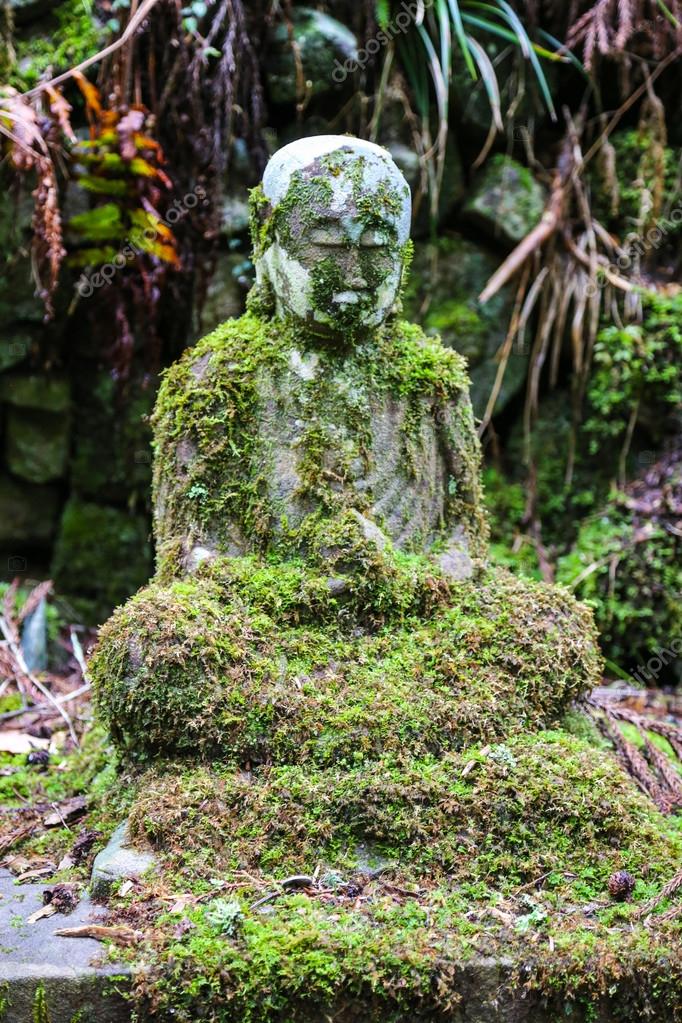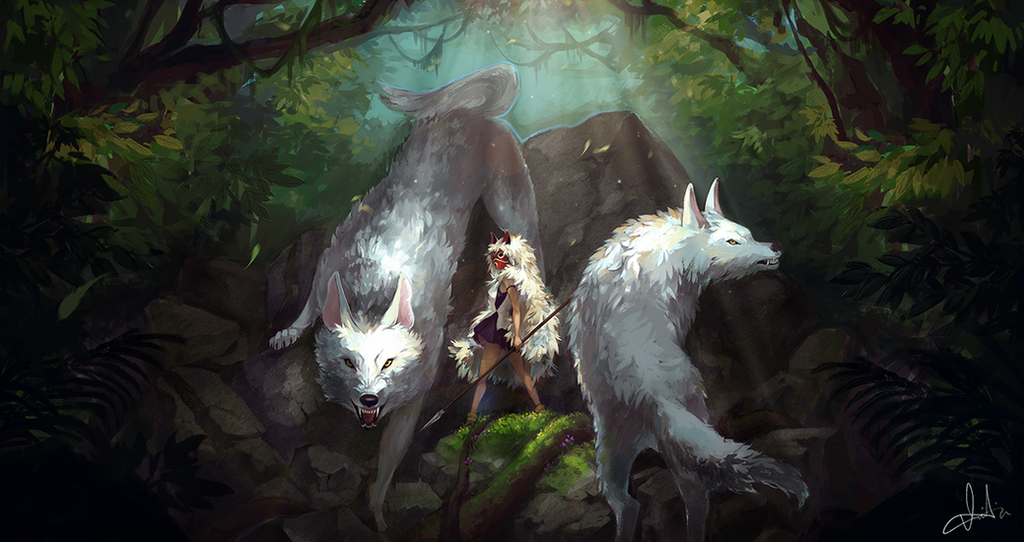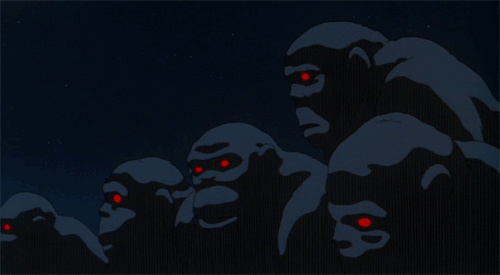It may be a world, or a country, or a strip of land. It may be far away or instead cutting through the place of your birth. Sand and stone and soured water dot the landscape; Sin-Kings and Disciples of Intellect are the ponds by which we wretched curs huddle by.
The Wasteland is BLED. That is to say, magic has stripped her of nutrients and soul alike.
The Wasteland is DRUGGED. Some force has addled the minds of many, and through them psychedelia dances 'long the burning horizon.
See it now: two women painted in ocher and red insect with one of them having neither lips nor nose while also blessed with eyes the color of the once-blue sky that lets her see water no matter how deep or far away it may be and holding a club of bronze looms over the other woman who is screaming in rage and crying for mercy and her face is caved in and her eyes are broken and leak out of her head and then she screams and screams and screams into the thoughts of this noseless woman and eats he memories so that her face rebuilds and rebuild it does as she takes the identity and personality of this now nameless creature and leaves it here on the sands drained and broken while she instead feasts over their original prize--a foot of some man who died months ago and had already been nearly picked clean.
This barbarism fills the wasteland. When asked whether one decides on civilization vs barbarism, the answer is unclear. Slavery or brutality? Whips or clubbed faces? The anger of gods or the riddles of sphinxes?
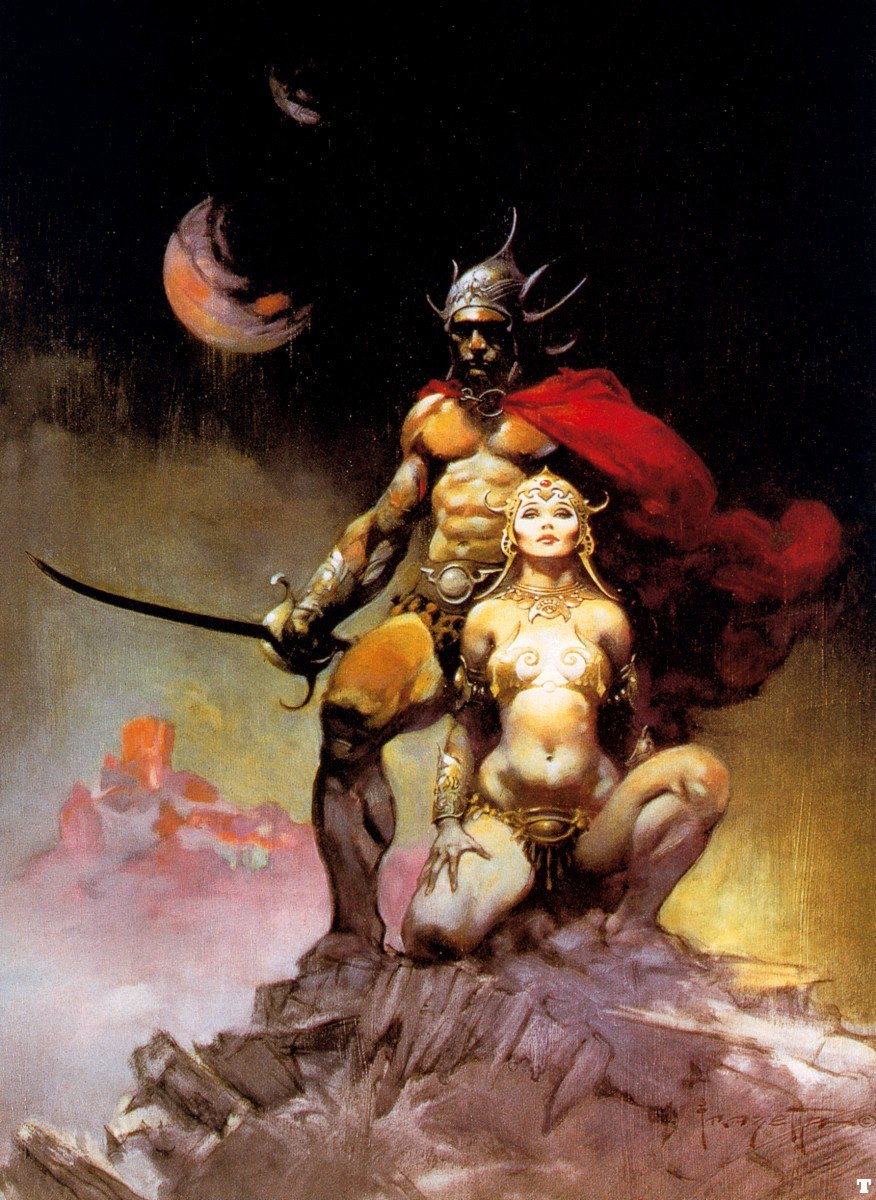 |
Your choice was made. You wander off into the night to see whatever City-States there are to serve, and to do as all life must do: steal to live.
PRE-GAME GENERATION
Every one, including the Referee, rolls 1d6. If you have more than 4 total people, each person additional person rolls on another table and the Referee chooses which option to go with.
WHO WE WERE
- Slaves who toiled in dying fields and hot mines.
- Gladiators who fought beast and man in arenas.
- Freefolk who were abused and blackmailed by others.
- Criminals exiled for the crimes of heresy, water addiction, and thought crime.
- Servants of the Sin-King or Master-Disciple sent into the wasteland to find treasures.
- Dead men brought back to life and without memory.
WHAT WE SEEK
- Water, trees, and stones with which to defend it all.
- A new band to join.
- A city lost, so that you may hide from the hell around you.
- Death at the hands of the greatest creature one could find.
- A Master-Disciple to protect and train you in the Arts of Psychedelia.
- The Sphinx, to solve its riddle and to become Sin-Kings yourselves.
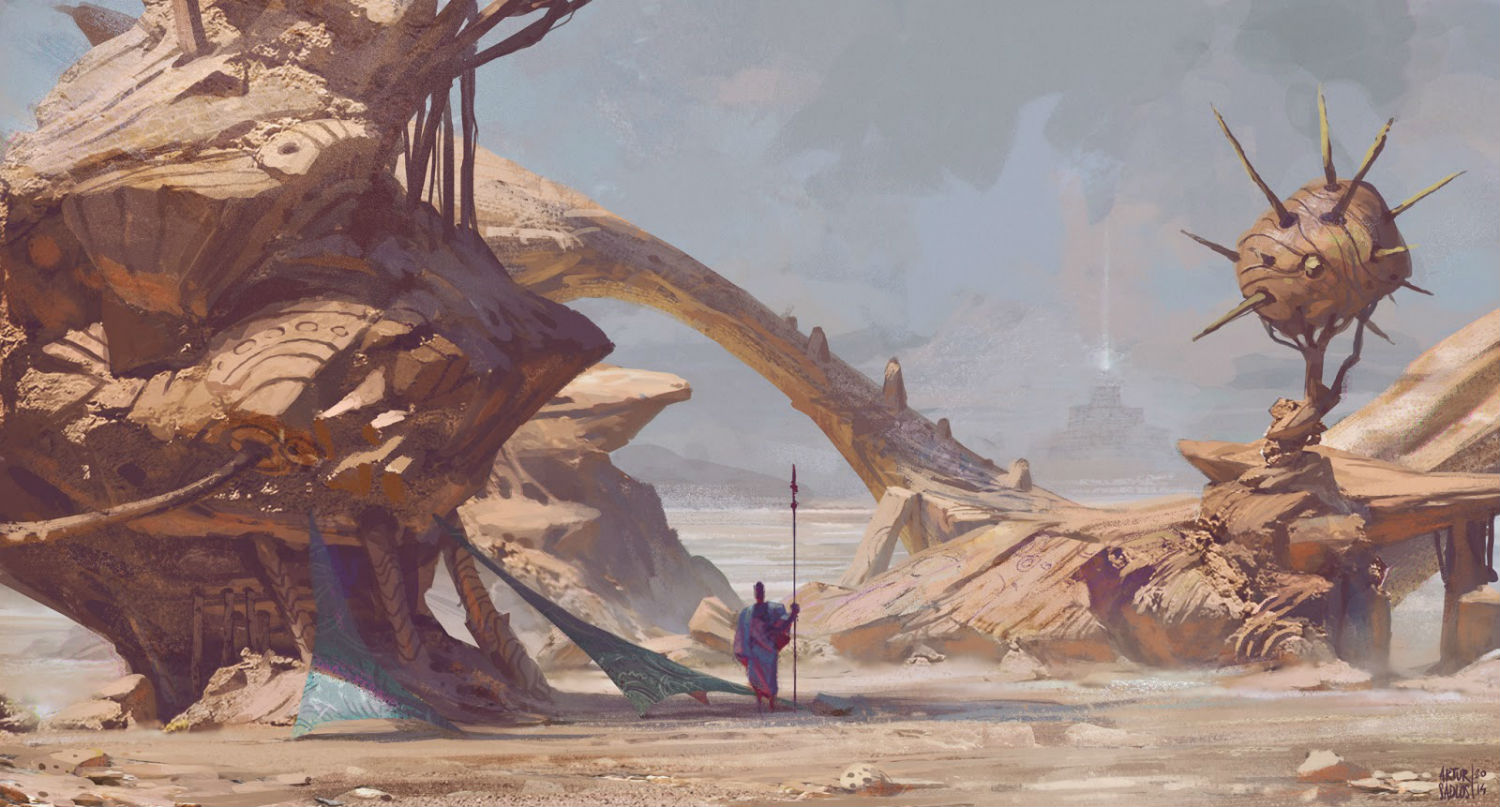 |
WHAT WE LACK
- Water & Food.
- Weapons & Armor.
- Basic supplies, such as cloth or flint.
- Goods to trade with, or to barter for our lives.
- Direction, for we are lost.
- Health, for we are all near death; everyone starts the game at 1 HP.
WHAT WE FLEE
- A warlord whose slave-wives we saved.
- A Sinner whose lapis lazuli spellslab we stole.
- A Disciple whose child-disciple we killed in order to eat.
- A nightmare that wants our dreams and memories.
- A mob of dying hunters whose waterskins we stole.
- The enforcers of a Sinner-King or Master-Disciple we wounded.
Once the above is generated, do the following individually if you are a player.
- Roll for stats. 2d6+6 down the line.
- Choose your class. Anything that is demi-human or magic is considered a Sinner or someone possessed by nightmares.
- Roll for your equipment 1d4+1 times.
- Roll 1d4-1; this is how many hit points you have lost at the start of Session 1. If you all start at 1 HP, this is how many days its been since you last rested peacefully.
- Choose your rule set, or use the micro-rules (in a blog post coming soon).
EQUIPMENT
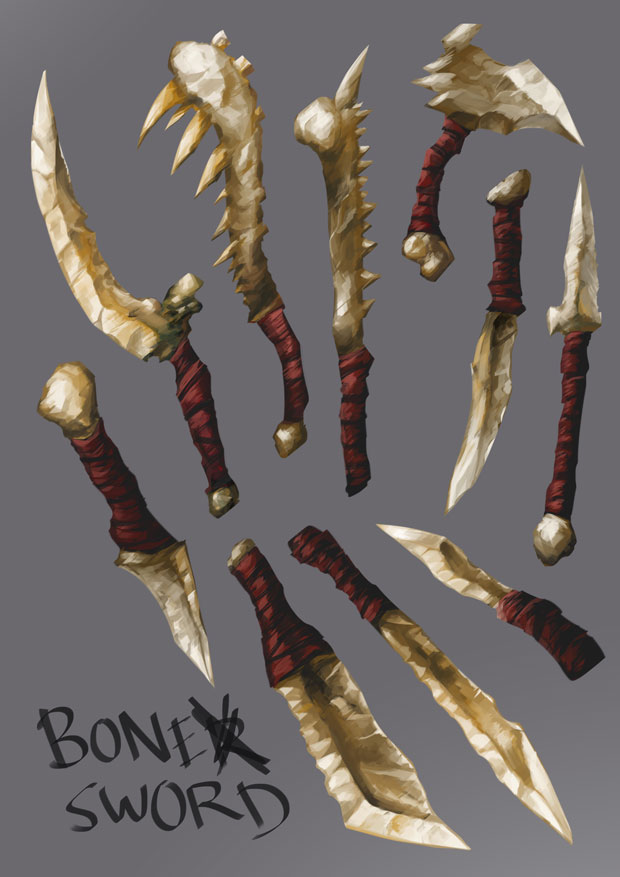 |
- Waterskin with 1d4-1 gulps of water left in it.
- 1d4 rations.
- Tarps and rolls of cloth.
- Pieces of armor; AC increases by +3 and incoming damage is reduced by 1.
- 1d6 torches.
- Flint.
- Half a map leading to what you seek. You have the beginning and end but not the middle.
- Two clubs made of dead wood or ivory that deal d6 damage.
- A handful of gemstones or a sack of gold dust.
- The preserved brain of a Master-Disciple. Drink the fluid to be reduced to 1 hit point and to use a random psionic power.
- The heart of a Sinner. Eat to gain 1d8 hit points or to cast 1 spell, draining 1d8 hit points from the nearest living creature in 1 mile.
- A bow with 1d20 arrows dealing 1d8 damage.
- Bread from a race of dead ubermen. Eat it to regain all hit points.
- Bronze earrings that let you hear the blood flowing in the veins of living creatures within 100 feet.
- Needle and thread and 100' of rope.
- A single slave.
- A tamed creature; the Referee and the player each choose one from the bestiary (coming soon) and flip a coin to see which it is.
- Dyes and paints that can be applied 1d6 times before running out. Wearing it makes one immune to Intellect, Sin, and thirst.
- A looking glass.
- A sword of iron and bronze dealing 2d6 damage and that literally everyone wants.
